Otomatik WhatsApp etkileşimi ile müşterilerinize anında ulaşın.

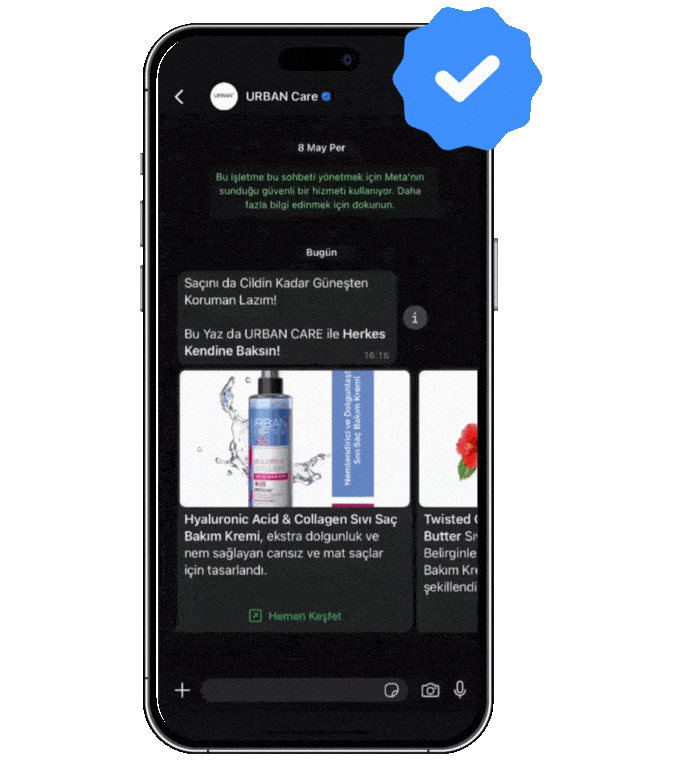
WhatsApp markanızı nasıl güçlendirir?
WhatsApp ile kişiselleştirilmiş toplu mesajlar gönderin, anında etkileşime geçin ve satışlarınızı artırın.
İş birliklerimiz:





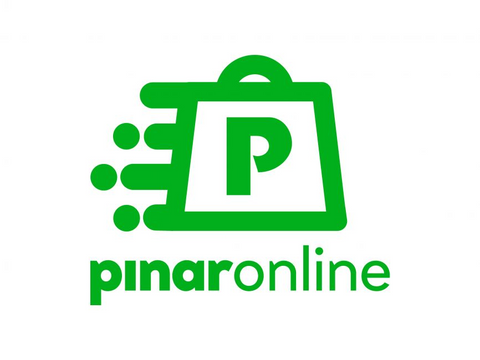

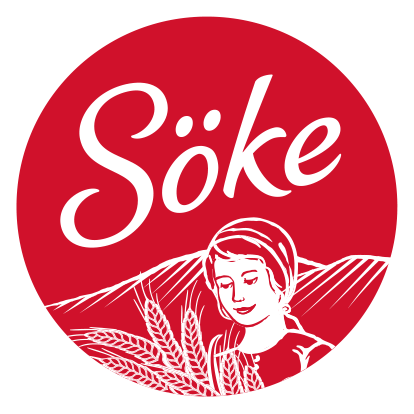




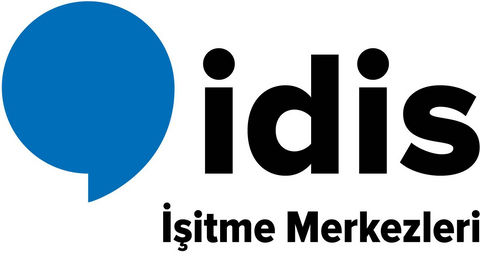






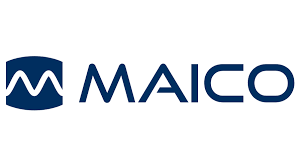



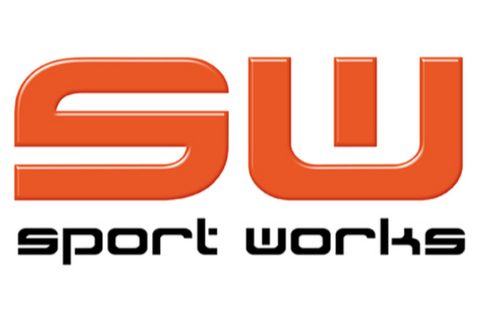
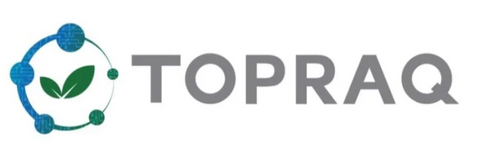


Mavi Tik ile güvenilirliğinizi artırın
Müşterilerimiz için %100 ücretsiz
WhatsApp ve Meta Business Manager’da onaylı hesap olun,
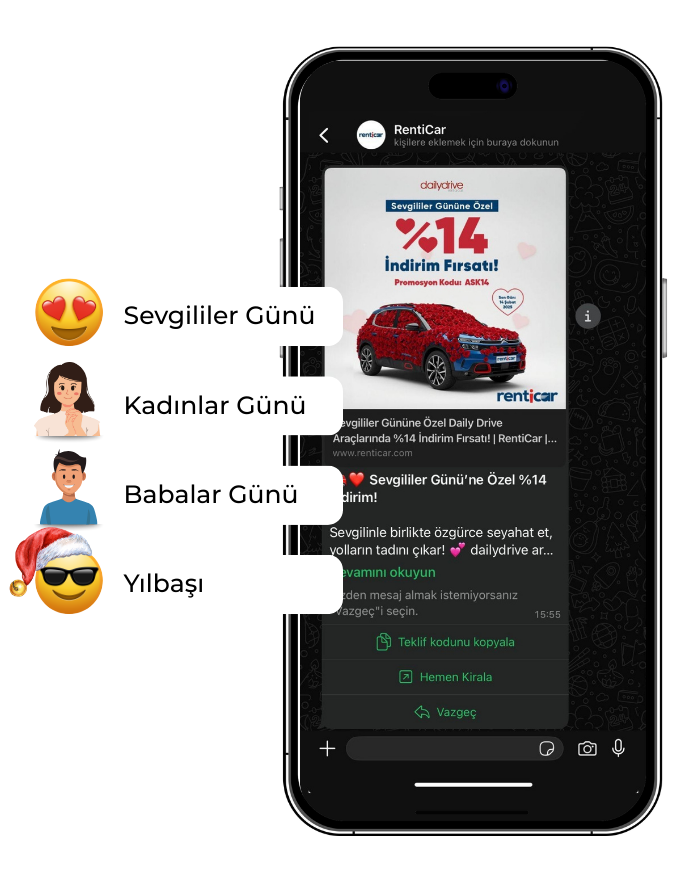
Her kampanyadan maksimum fayda sağlayın
WhatsApp ile işinizi büyütün; kişiselleştirilmiş toplu mesajlar gönderin, anında etkileşime geçin ve satışlarınızı artırın.
WhatsApp’a Trafik Çeken Reklamlar

WhatsApp Veri Segmentasyon Botu

Mesajlaşma Maliyet Hesaplayıcı
Gizli ücret yok. Şeffaf ve anında fiyatlandırma. Yalnızca mesajınız gerçekten gönderildiğinde ödeme yapın.
Hemen Başla
Demo Talep EtBizi Daha Yakından Tanıyın
Lead toplamadan satışa kadar tüm süreci otomatikleştirin.
-

SEO
-

Dijital Pazarlama
-

WhatsApp Pazarlaması
Sıkça Sorulan Sorular
Bu hizmet KVKK’ya uygun mu?
Evet, hizmetimiz KVKK’ya uyumlu olarak çalışmaktadır.
İletişim verisi sağlıyor musunuz?
Hayır, biz iletişim verisi sağlamıyoruz. Müşterilerin kendi GDPR/KVKK onaylı listelerini kullanmaları gerekmektedir
WhatsApp toplu mesaj gönderimi yasal mı?
Evet. Tüm gönderimler Meta tarafından onaylanmış WhatsApp Business API üzerinden yapılmaktadır.
Başka bir sağlayıcıyı kullanabilir miyim?
Hayır. Bu hizmet yalnızca Meta tarafından kayıtlı ve yetkilendirilmiş sağlayıcılar tarafından sunulabilir.
Yüksek hacimli mesajlarda daha uygun fiyat alabilir miyim?
Evet, fiyatlandırma kullanım miktarına göre ölçeklenir.
WhatsApp fazla kişisel olmaz mı?
Tam aksine! Kampanyalarınızı hedef kitleye uygun şekilde kişiselleştirip segmentlere ayırıyoruz. Bu sayede spam algısını önlüyor, daha yüksek etkileşim sağlıyoruz.
WhatsApp ile markanızı nasıl büyüteceğinizi konuşalım.
Müşterilerimiz için %100 ücretsiz
WhatsApp ve Meta Business Manager’da onaylı hesap olun.





